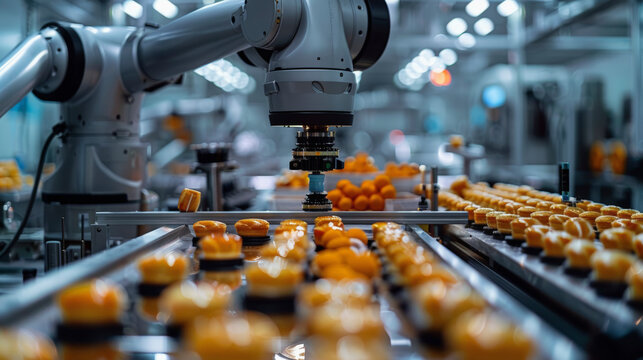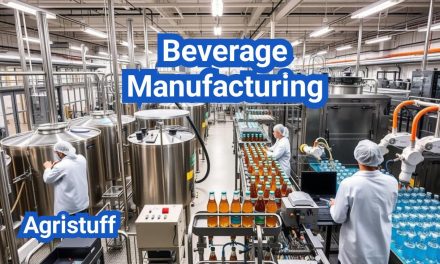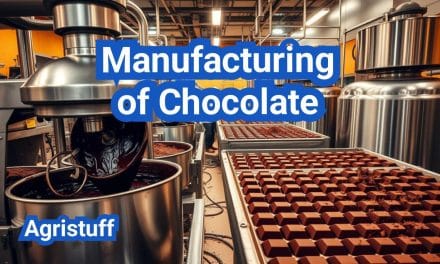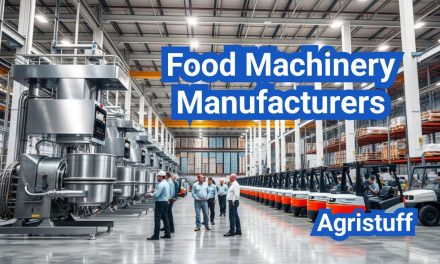The food and beverage industry trends are evolving at an unprecedented pace, driven by shifting consumer behaviors, technological advancements, and a growing emphasis on sustainability. As a cornerstone of the global economy and an integral part of daily life, this industry is undergoing transformative changes that are reshaping how we produce, consume, and think about food and drinks. From ethical consumption to cutting-edge technology, let’s explore the key trends defining the future of the food and beverage sector.
Shifting Consumer Preferences: The Driving Force Behind Innovation
Today’s consumers are more informed, health-conscious, and adventurous than ever before. Their preferences are not just shaping menus but also influencing how businesses operate. Here’s a closer look at the trends redefining consumer expectations:
Ethical Consumption: Values on the Plate
Modern consumers are prioritizing ethical choices, from farm-to-table practices to sustainable sourcing. They want to know where their food comes from, how it’s produced, and its impact on the environment. Organic, fair-trade, and eco-friendly packaging are no longer optional—they’re essential. Brands that align with these values are winning customer loyalty and driving sales.
Health and Wellness: Fueling the Demand for Nutritious Options
The rise of lifestyle-related diseases has sparked a surge in demand for healthier food and beverage options. Low-carb, sugar-free, gluten-free, and plant-based products are now mainstream. Brands are reformulating recipes and innovating to meet the growing appetite for nutritious yet delicious choices.
Culinary Experiences: Beyond Just Eating
Consumers are no longer satisfied with just a meal—they crave memorable experiences. Pop-up dinners, food festivals, and farm-to-table tours are gaining popularity. Storytelling and immersive dining experiences are becoming key differentiators for brands looking to stand out.
Technology-Driven Convenience: The Digital Dining Revolution
From meal delivery apps to smart kitchen appliances, technology is transforming how consumers interact with food. Voice-activated assistants, IoT-connected devices, and subscription meal kits are making cooking and dining more convenient than ever.
Technological Innovations: Redefining the Food and Beverage Landscape
Technology is revolutionizing the food and beverage industry, offering new ways to enhance efficiency, transparency, and customer experiences.
Artificial Intelligence and Robotics
AI-powered tools and robotics are streamlining operations, from automated burger flippers to robotic bartenders. These innovations address labor shortages and improve efficiency while captivating tech-savvy consumers.
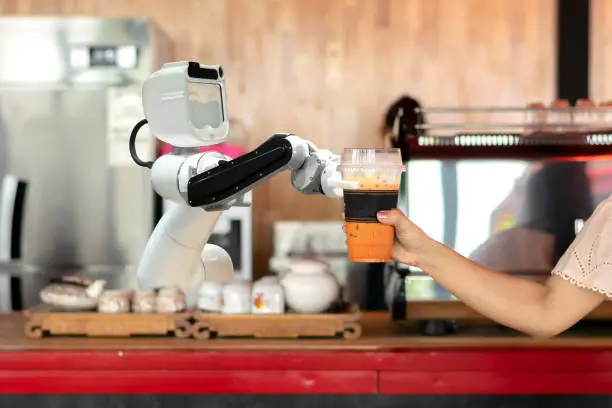
Blockchain for Supply Chain Transparency
Blockchain technology is ensuring greater transparency in the food supply chain. It helps track ingredients, prevent fraud, and quickly identify sources of contamination, building trust between businesses and consumers.
3D Food & Meat Printing: The Future of Customization
3D food printing is pushing the boundaries of culinary creativity. From intricate designs to personalized nutrition, this technology is reducing food waste and opening up exciting possibilities for the industry.
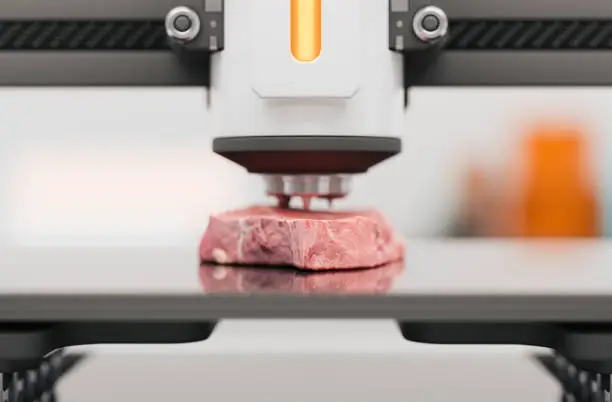
Big Data and Analytics
Data-driven insights are helping businesses understand consumer preferences, optimize menus, and predict trends. By leveraging analytics, companies can make informed decisions that drive growth and customer satisfaction.
Sustainability: The Green Movement Takes Center Stage
Sustainability is no longer a niche trend—it’s a business imperative. Consumers are demanding eco-friendly practices, and brands are responding with innovative solutions.
Eco-Friendly Packaging
Biodegradable and reusable packaging options are replacing traditional plastics. Beverage companies are introducing refillable bottles, while food brands are adopting compostable materials.
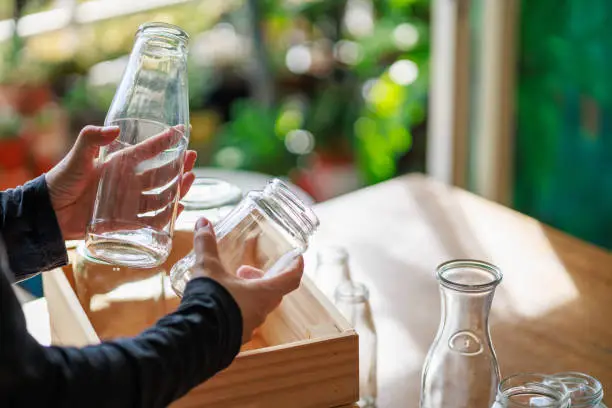
Reducing Food Waste
From root-to-stem cooking to partnerships with food waste management companies, businesses are finding creative ways to minimize waste. These efforts not only benefit the environment but also resonate with eco-conscious consumers.
Regenerative Agriculture
This farming practice focuses on restoring soil health and biodiversity. Companies sourcing from regenerative farms are not only improving product quality but also contributing to environmental conservation.
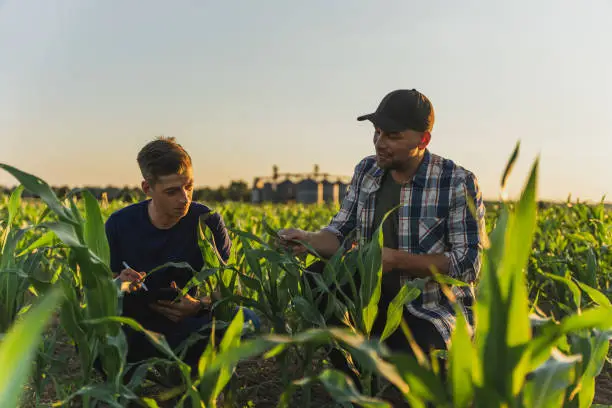
Regulatory Changes: Adapting to a Shifting Landscape
The food and beverage industry is facing new regulations aimed at ensuring safety, transparency, and sustainability.
Lab-Grown Food and Alternative Proteins
As lab-grown meat and plant-based proteins gain traction, regulatory bodies are establishing clear labeling and safety standards to meet consumer demand.
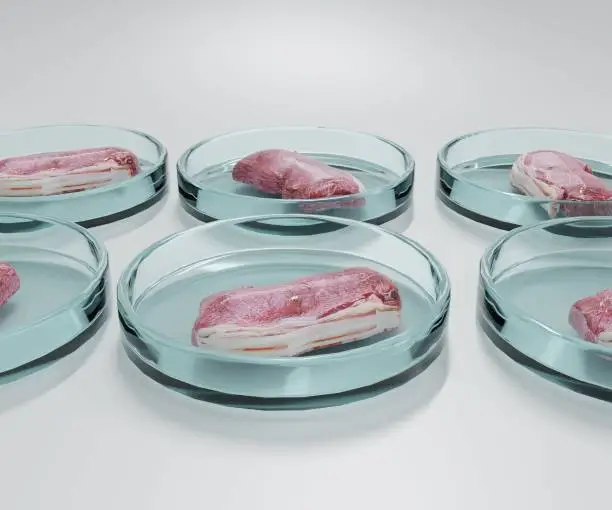
Carbon Footprint Labeling
Environmental impact labels are becoming a requirement, allowing consumers to make informed choices based on a product’s carbon footprint.
The Rise of eCommerce: Transforming How We Shop and Dine
E-commerce is reshaping the food and beverage industry, offering convenience and accessibility like never before.
Direct-to-Consumer Models
Brands are bypassing traditional retail channels and selling directly to consumers through digital platforms, enhancing customer relationships and unlocking new revenue streams.
Meal Delivery Services
Platforms like DoorDash and Uber Eats are expanding access to diverse dining options, making food delivery a cornerstone of modern dining.

Conclusion: Embracing the Future of the Food and Beverage Industry
The food and beverage industry trends of today are shaping a dynamic and sustainable future for dining and drinking. From the rise of ethical consumption and health-conscious choices to groundbreaking technological innovations and eco-friendly practices, the industry is undergoing a remarkable transformation. Businesses that adapt to these changes—whether by leveraging AI, embracing regenerative agriculture, or enhancing e-commerce capabilities—will not only meet consumer expectations but also thrive in an increasingly competitive market.
As we look ahead, the key to success lies in understanding and responding to these food and beverage industry trends. By prioritizing sustainability, innovation, and customer-centric strategies, industry leaders can ensure they remain relevant and resilient in a rapidly evolving landscape. The future of food and beverage is not just about what we eat and drink—it’s about how we create a positive impact on the planet and society. Let’s embrace these trends and work together to build a healthier, more sustainable, and flavorful world.

